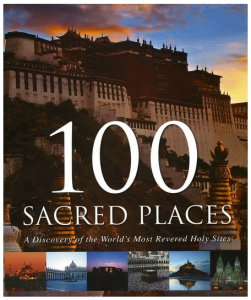One of the places I got to that was not in that book was Shugakuin, a Tendai Buddhist temple on Kyoto’s Mount Hiei, famous now for the Marathon Monks who run a marathon every day for a year. Historically it’s more famous for being the home of Saicho, the 9th Century monk who brought Tendai Buddhism (a branch of Mahayana) from China to Japan. It took a while to catch on but, shortly after Saicho’s death in 823, the emperor gave Tendai his official approval, marking a reproach of the more ascetic Therevada influences favoured until that time.
Among Buddha’s Four Noble Truths is the central precept, "Life is dukkha." Dukkha is typically translated as "suffering," an awkward interpretation of the word’s subtle meanings and intent, but if you think of it as "you can’t always get what you want, so if your happiness is dependent on getting that, you’ll never be happy" you’ll have the right idea. (There’s a fuller explanation here .) Buddhist practice is essentially about learning to not want what you can’t always have. What differs among them is how you go about learning that.
Therevada seems oriented primarily toward learning to not want anything. Tendai, and the Mahayana and Zen precepts from which it is derived, are more inclined toward discovering the beauty in all things (a very Daoist mode of thought). Nothing exemplifies this approach to not wanting more aptly than a quote from Saicho himself…
Everything is wonderful.
It’s perhaps my favourite quote and no surprise it shows up in the very first post of Transformations . But, oh my, how difficult a tenet it is to live by! I try…and sometimes succeed. Those are good days. Very good days.
The other days? Well, you can’t always have what you want.

